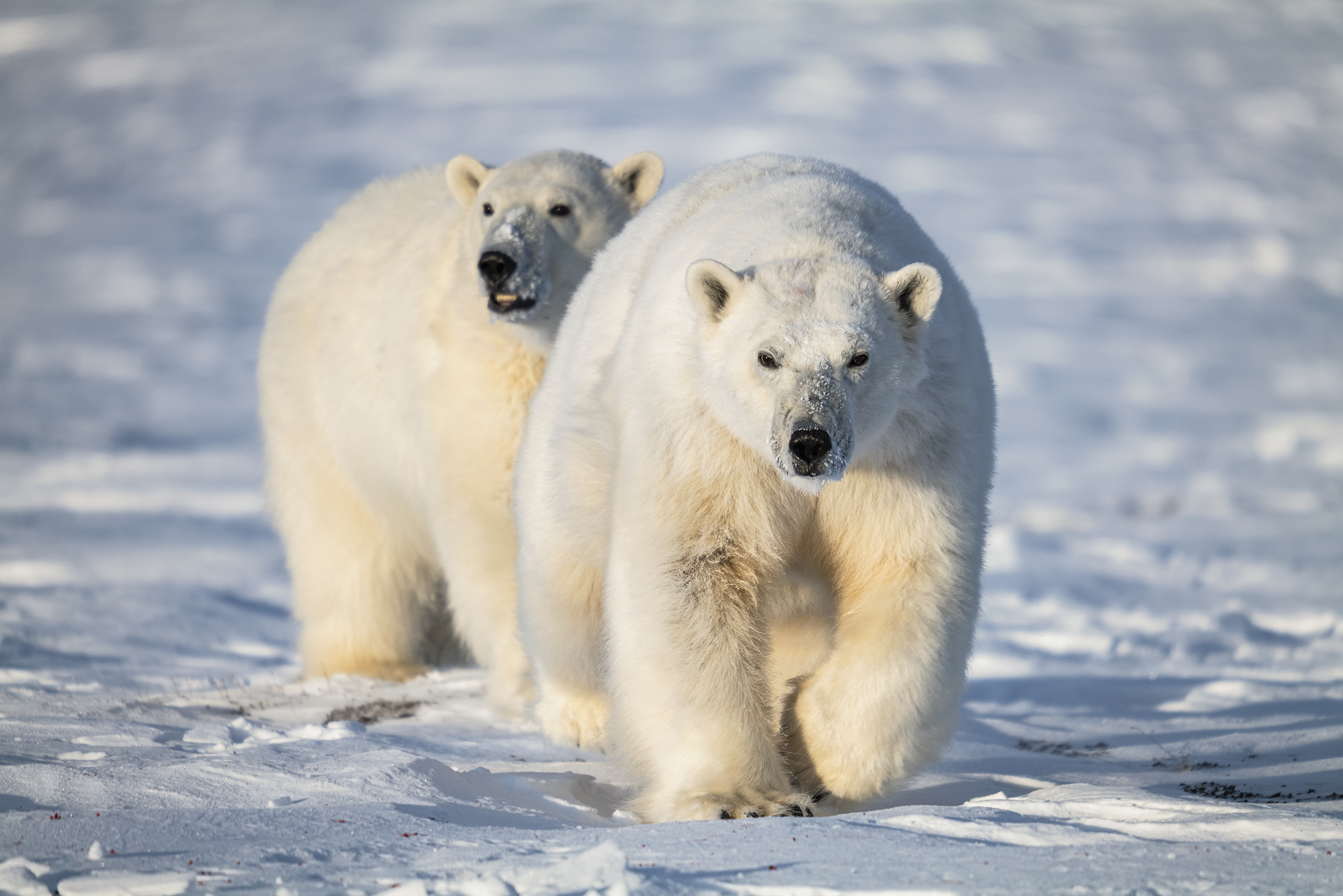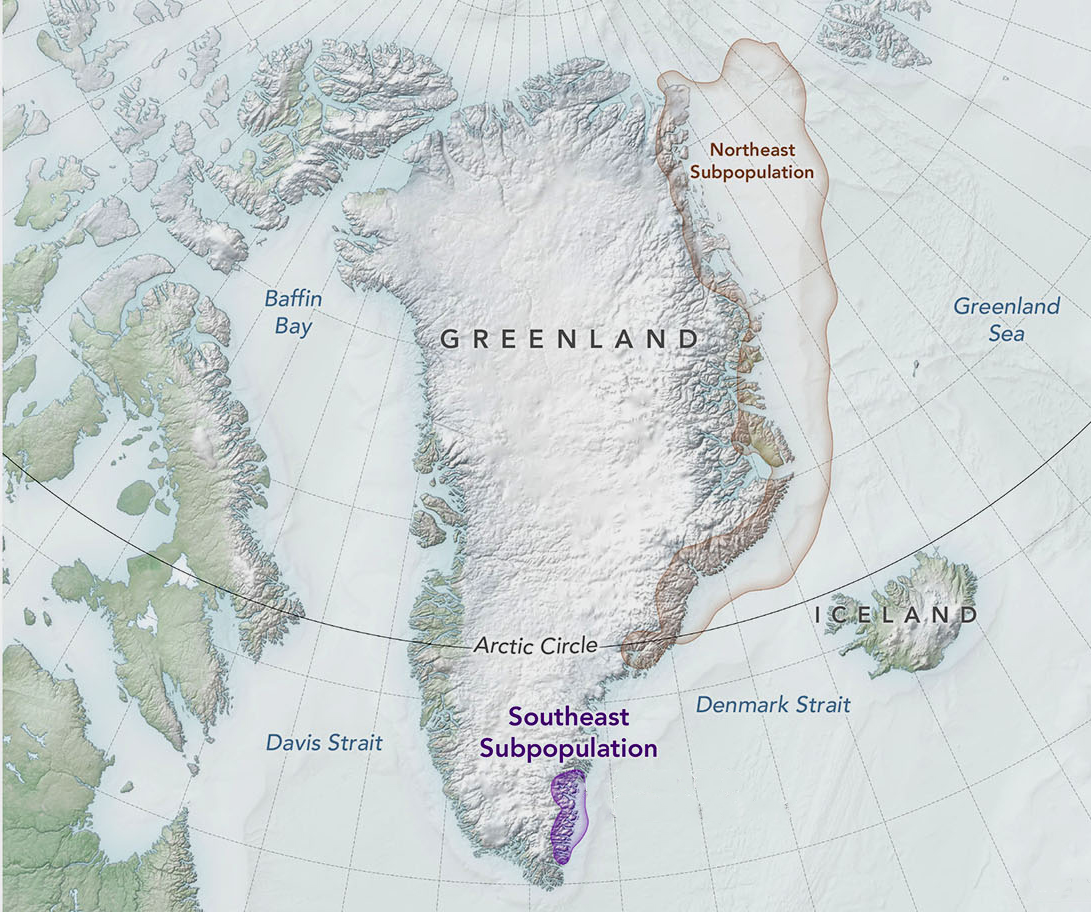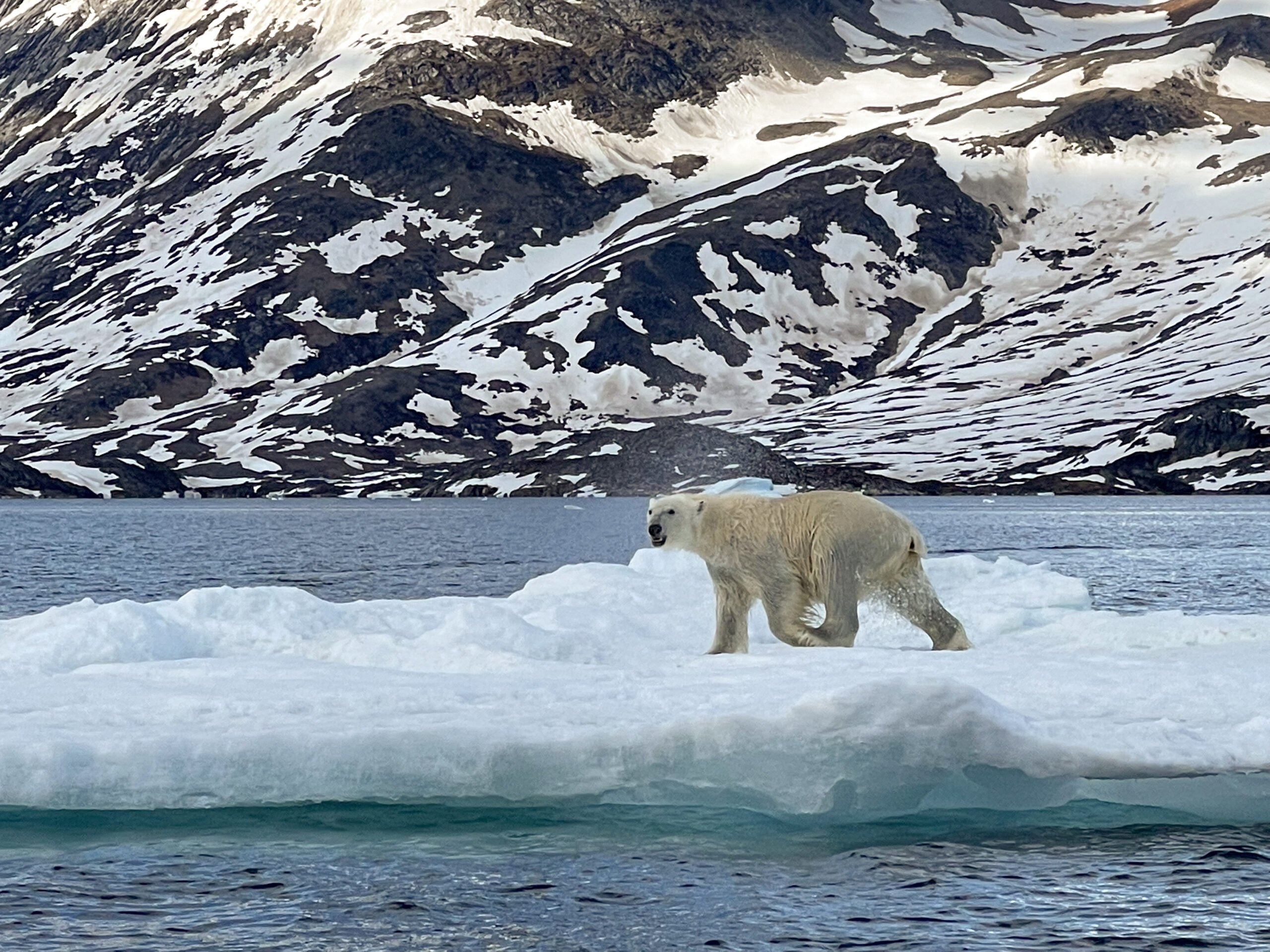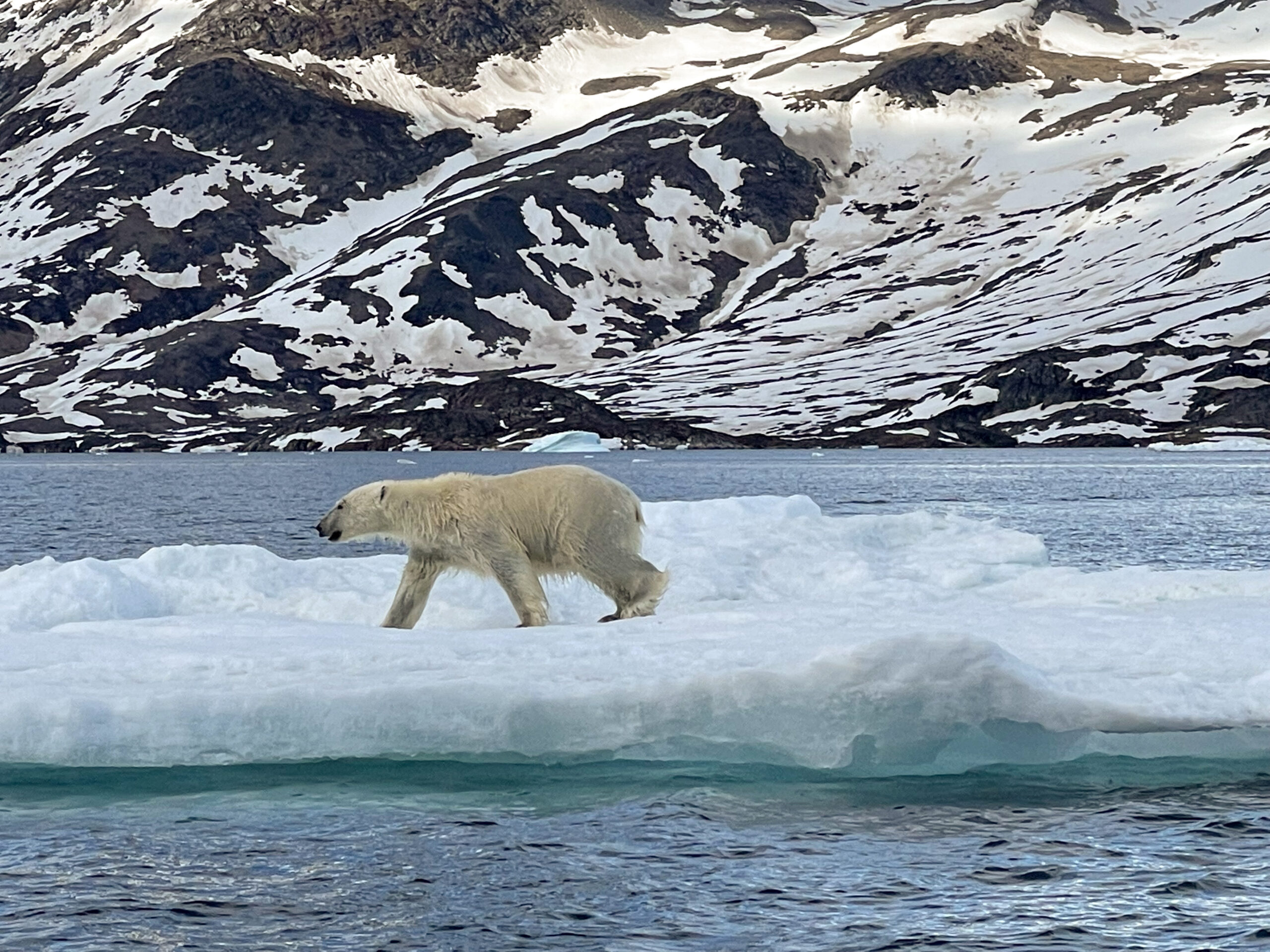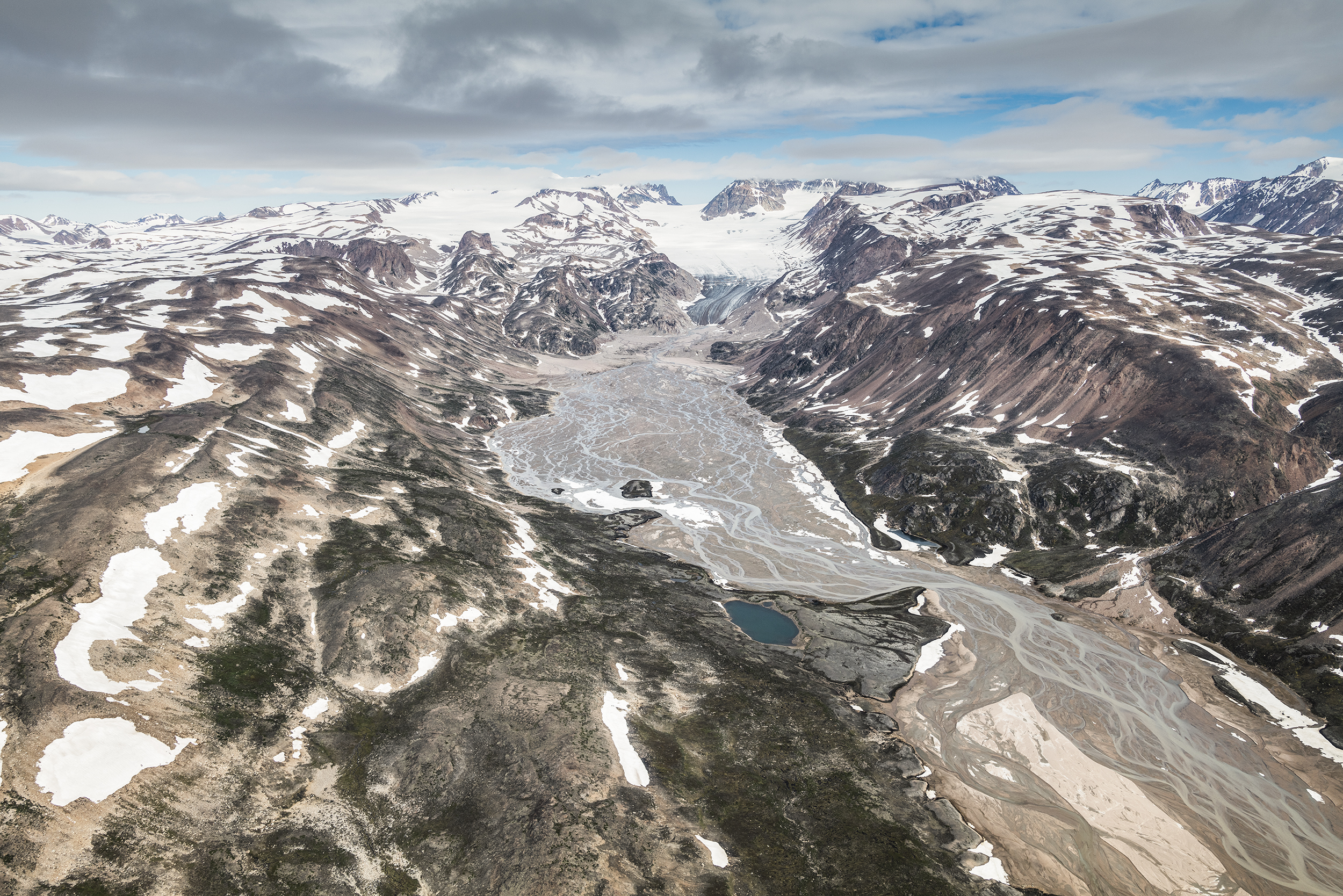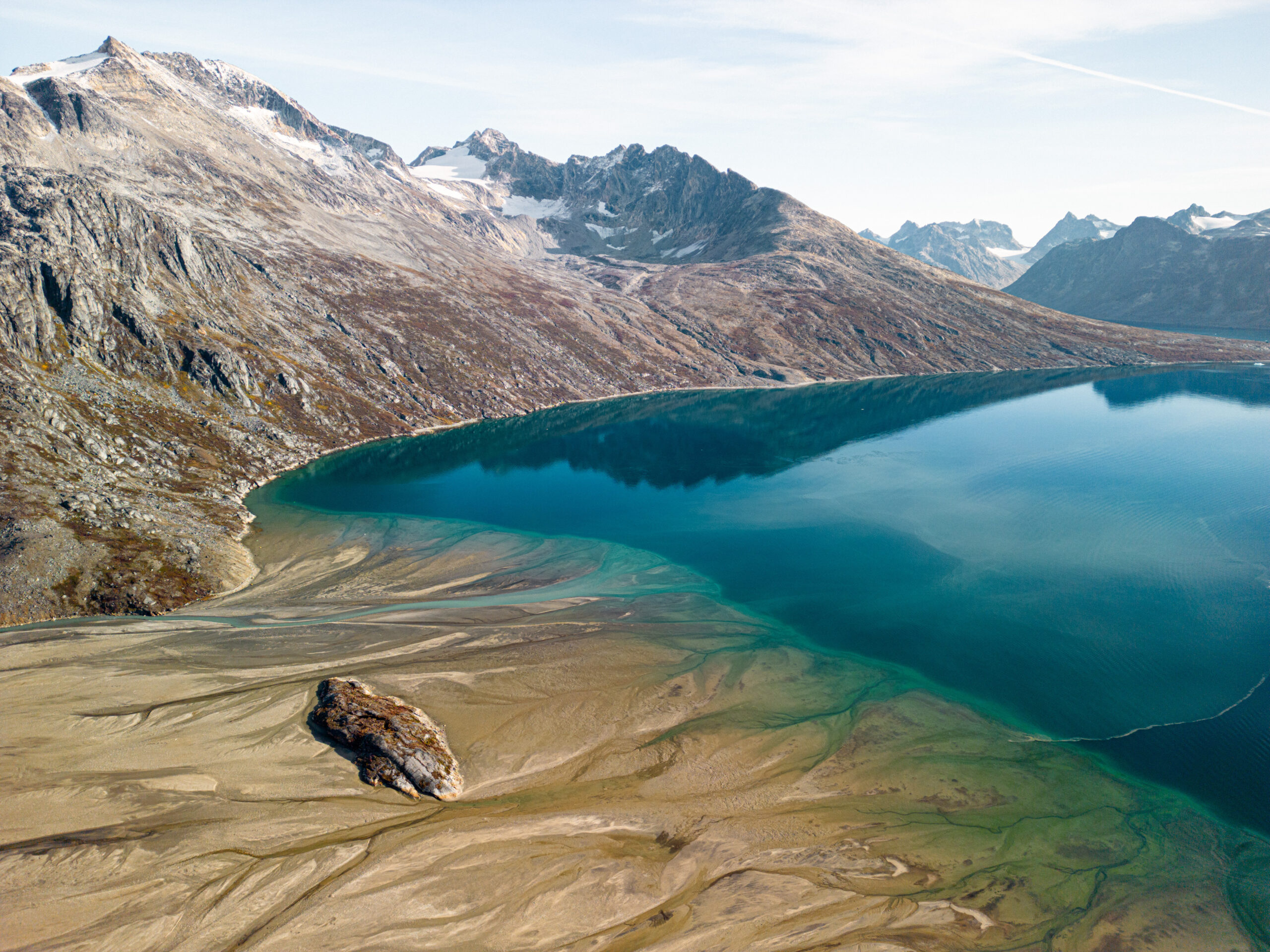Polar Bear Populations of East Greenland
In East Greenland, the polar bear, one of the Arctic’s most iconic apex predators, roams the sea ice and coastal areas in search of seals, their primary prey. These magnificent creatures are an integral part of the region’s unique Arctic ecosystem and are occasionally encountered by those exploring this remote wilderness.
Southeast Greenland’s Unique Polar Bear Community
East Greenland, with its icy landscapes and frigid oceans, is home to a significant population of polar bears, one of the Arctic’s most majestic and iconic creatures. The polar bears roam the ice floes and shorelines in search of food, embodying the wild and untempered spirit of this region. Polar bears hold onto the drift ice in East Greenland along the entire coast moving towards the South, along the entire coast line. They mostly breed in the national park territory in Northeast Greenland. One subpopulation, which is genetically distinct from the 19 previously identified polar bear communities, is to be found all year round in Southeast Greenland. Contrasting with their distant kin who journey vast distances over sea ice, these Southeast Greenlandic bears remain tethered to their native fjords.
Polar Bear Sightings in Ammassalik and Ittoqqortoormiit
The tourist destinations Ammassalik and Ittoqqortoormiit both are located within the territory of the Northeast subpopulation. Sightings in the inhabited area of Ammassalik are rare and any observation of a polar bear close by the town and settlements is monitored by the local hunters and authorities. For self-guided tours in the backcountry it is always highly recommended to carry suitable polar bear protection. Sightings in the town of Ittoqqortoormiit or close by are always a possibility. Thus, a polar bear patrol has been established to ensure safety when walking within the parameters of the town. However, leaving the inhabited area always means that you need to carry a rifle or bring a guide with a rifle along for your own protection.
Your Guide to a Polar Bear Experience in East Greenland
By chance encounters with a polar bear are rare in both areas. If you want to observe a polar bear in its natural habitat the safest and best option will be to book a polar bear experience with one of the local tour operators in East Greenland. This is a very exclusive opportunity to encounter a polar bear in their natural habitat, where only a few local operators have been given a license to operate such an experience in Greenland. This license allows them to show polar bears to guests, without any hunting activity, while keeping at least 200 meters distance and being able to provide safety for this trip at all times. If you ever encounter a polar bear by chance without being on an authorized tour, you are to leave the place immediately and it is forbidden to follow the polar bear, the only exception here are licensed hunters, where the hunting activity is not to be sold as a tourist experience.
Essential Tips for Polar Bear Safety and Awareness
One should always be cautious. Talk to the locals from where your hike starts. If a polar bear has recently been spotted, they would know. It is unlikely that you will see a polar bear but chances of encountering polar bears are more likely in the remote places of East Greenland. Even if the likelihood for a by chance encounter are rare, we do highly recommend having all necessary safety equipment when venturing off on your own in the wild backcountry of East Greenland. Especially for summer hikers and expedition tourists: there will still be ice floes coming from the North Pole, and polar bears tend to travel along the coast line following these. Be prepared in case of a polar bear encounter when venturing on your own. Safety isn’t just about personal preservation; it’s a vital part of coexisting with the extraordinary wildlife of East Greenland. Being prepared will ensure that you are able to enjoy your adventure in East Greenland while feeling safe.
Local Laws and Guidelines for Polar Bear Encounters
Before embarking on your Arctic adventure, familiarize yourself with local laws and guidelines related to polar bears. These rules are set in place not just for your safety, but also for the well-being of the polar bear population. They provide essential insight into how to prevent unwanted encounters and what to do if one occurs.
What to Pack: Gear for Polar Bear Protection
Equipping yourself with the right gear is paramount. Remember, safety begins with preparedness. Beyond your usual hiking/camping equipment in the backcountry of East Greenland essential items include a rifle (caliber to shoot a polar bear), binoculars for spotting bears from a safe distance, GPS/Satellite telephone/Iridium, bear deterrents such as bear spray or flares, and robust, secure food containers to prevent attracting bears to your camp. Always make sure that you are familiar with the rifle you brought along for this trip, know how to use it and remember to always fire one or several warning shots at first. Shooting a polar bear should be a last resort. Please contact your local operator directly for inquiries about renting a rifle for your adventure. Note that having an East Greenlandic sled dog on your adventure serves also as a safety measure, as they are good at detecting polar bear based on their smell and have a particular sound, making it able to identify that there must be a polar bear in the near surroundings.
Camping Safely in Polar Bear Territories
Keeping your campsite secure is an essential part of polar bear safety. Always store food and other aromatic items in bear-resistant containers and keep them a safe distance from your sleeping area, at least 50 meters. Handling of waste and its disposal must also be positioned well away from tents and the food stock. When placing your camp, avoid areas with active glaciers or pack ice/on ice, ravines/crevasses along the coast, where there is a polar bear den nearby, where there are traces of polar bears; tracks, fresh feces and places that may disturb your hearing, e.g. a river. Keep a vigilant watch, and if a bear does approach, use your deterrents and/or rifle and vacate the area if possible.
How to React During a Polar Bear Encounter
If you spot a polar bear, your reaction could make all the difference. Remain calm, avoid direct eye contact, and slowly back away without turning your back on the bear. Never approach the animal, even if it seems non-threatening. Every encounter is unique, and the unpredictable nature of these creatures warrants extreme caution. Keeping a safe distance from a sighted polar bear is the safest option in avoiding any attack. Upon observing a polar bear, you must leave the area immediately. Contact The Ministry of Fisheries, Hunting and Agriculture, the village authorities and the wildlife officer. An adventurous nature and desire to take photographs of the polar bear do not justify any act that may put you or the polar bear in danger.
Managing Polar Bear Visits in Greenland’s Towns and Settlements
When a polar bear is approaching an inhabited area, attempt is to scare it away, firing warning shots with a rifle, signal pistols or similar. Metallic sounds, from banging on pots for example, can also be used as polar bear deterrent. Boats, snowmobiles or ATV’s may be used in such circumstances. In any case, you must abide by the orders given by the authorities. The option of killing a polar bear is an absolute last resort. Cases of problem bears, which are polar bears that repeatedly seek out the inhabited areas despite being driven away (the only exception being a mother with cups) can only be shot by licensed hunters, where the necessity of killing a polar bear must be documented with photographs or other reliable source of documentation.
Understanding Polar Bear Hunting Regulations in Greenland
Most of the polar bear hunting is happening during the winter months between January and May. A quota defines the number of polar bears that can be hunted per year in a specific area. Only licensed hunters, which are registered as full-time hunters within their municipality, are allowed to hunt for polar bears in accordance with the quotas. The quota is defined by a committee that among others has participants from Naalakkersuisut, Greenland Institute of Natural Resources, the regional hunter and fisher association, international joint committees and in the future will pay more attention to the knowledge from the hunters of the area where the quota is to be defined.
About the Author

Anna Burdenski’s journey has taken her to a variety of places, giving her a broad perspective on life. Born and raised in Germany, she’s also lived in Malaysia, Denmark, and Austria before settling in Tasiilaq, East Greenland in November 2021. Having worked in various roles in the tourism landscape, this range of experience allows her to bring different perspectives together in her current role as tourism coordinator for Visit East Greenland. Shaped by her experiences in different parts of the world, Anna enjoys the simple yet meaningful lifestyle of East Greenland. Her journey has given her the tools to balance the needs of visitors while respecting the local culture and environment, introducing and connecting visitors to the everyday life and natural beauty of the region. Nature is a constant source of inspiration, as she has come to respect and embrace the power and unpredictability of nature.


